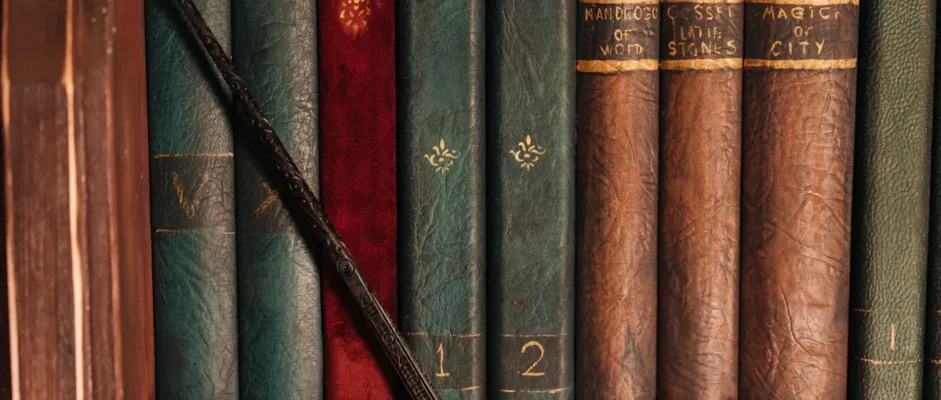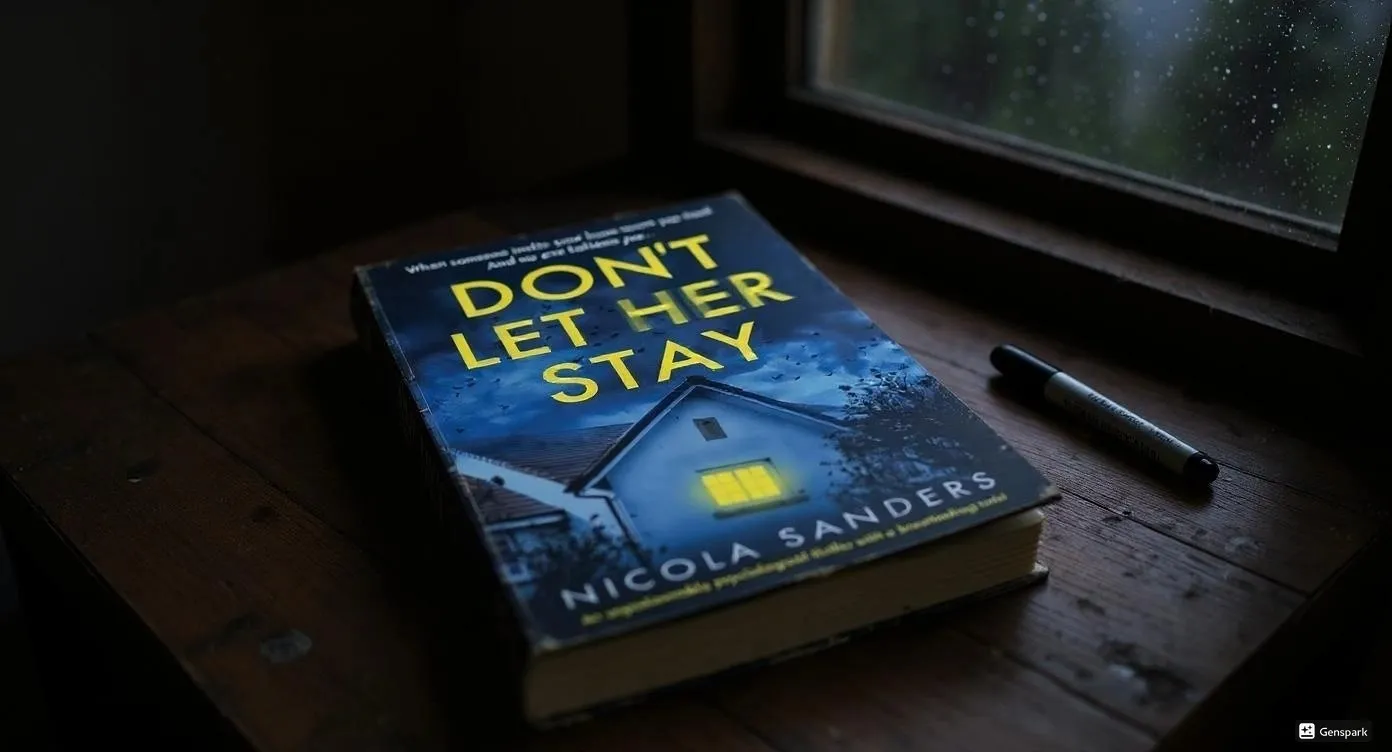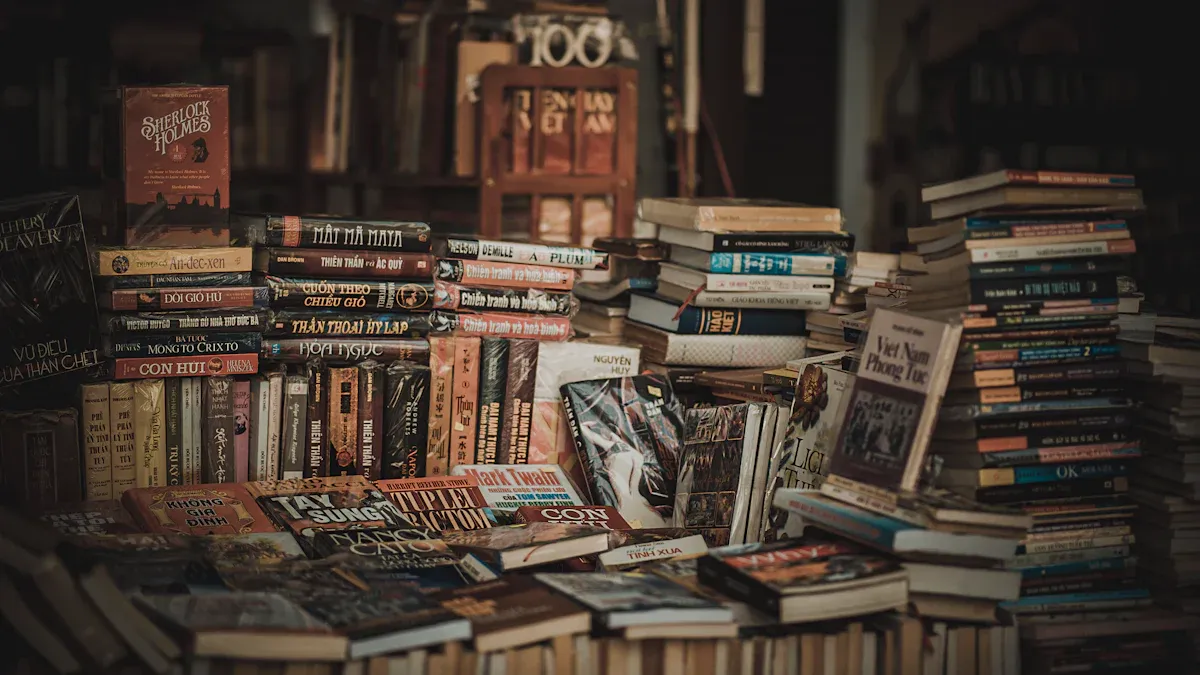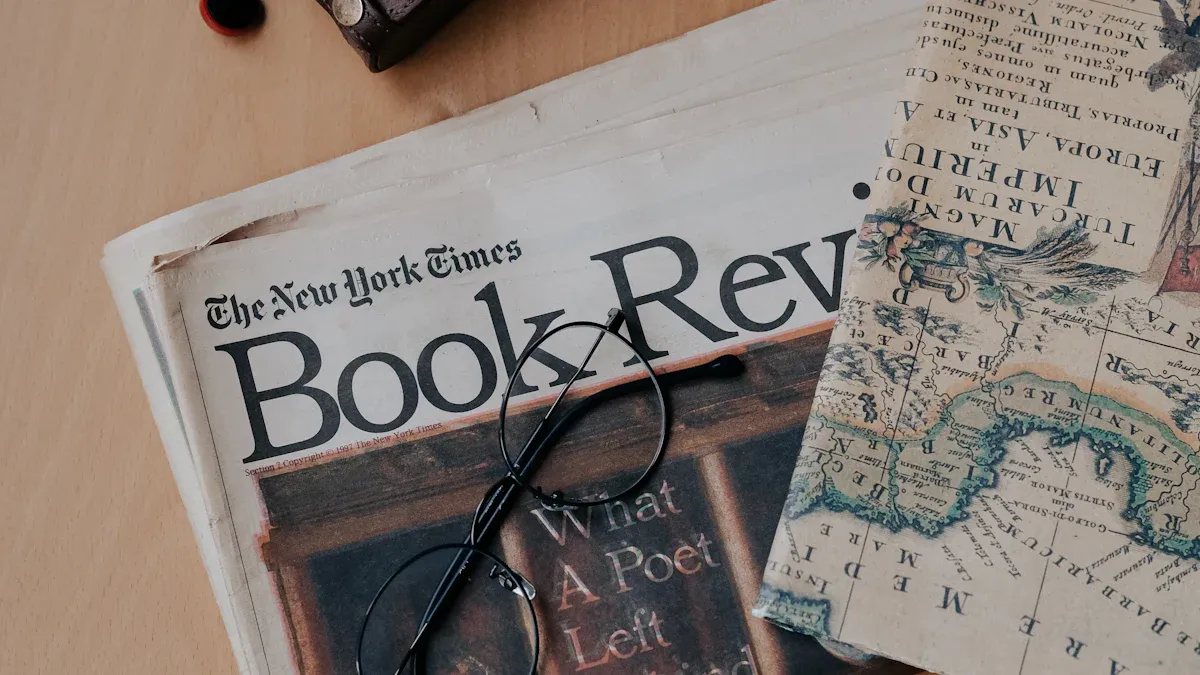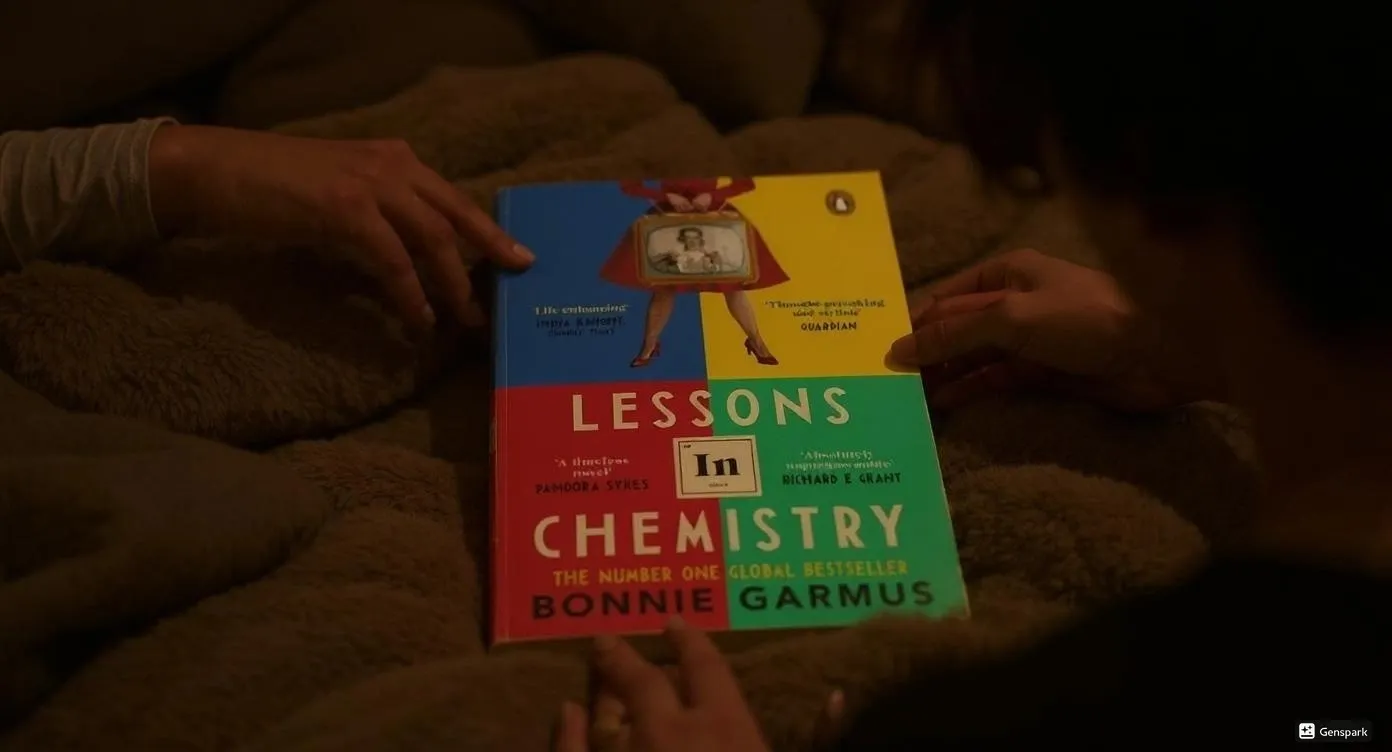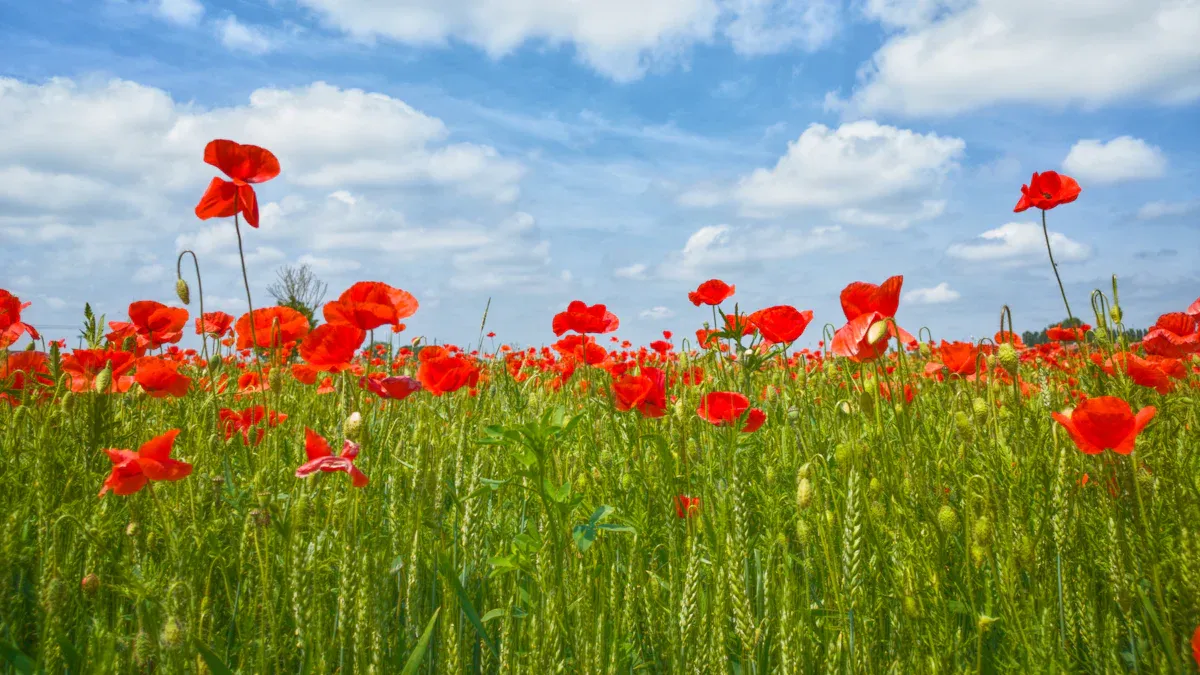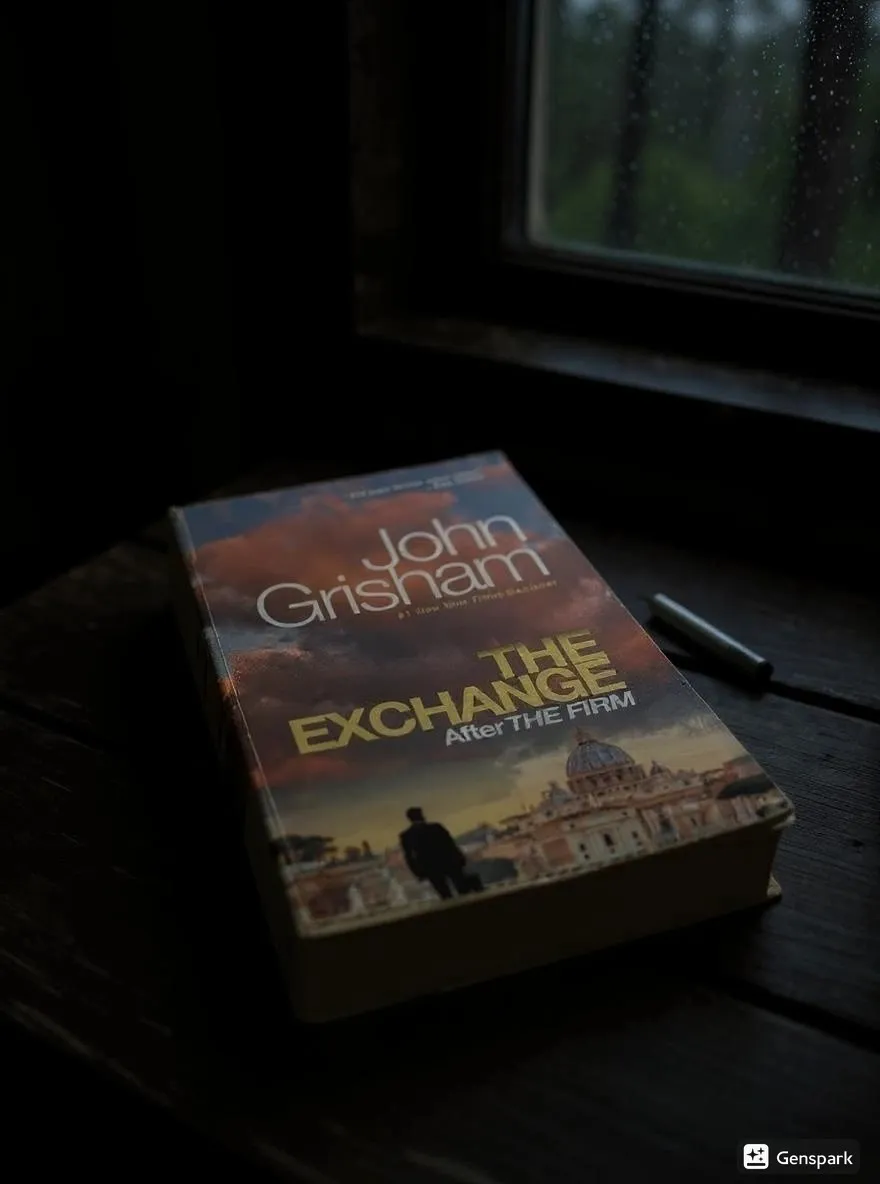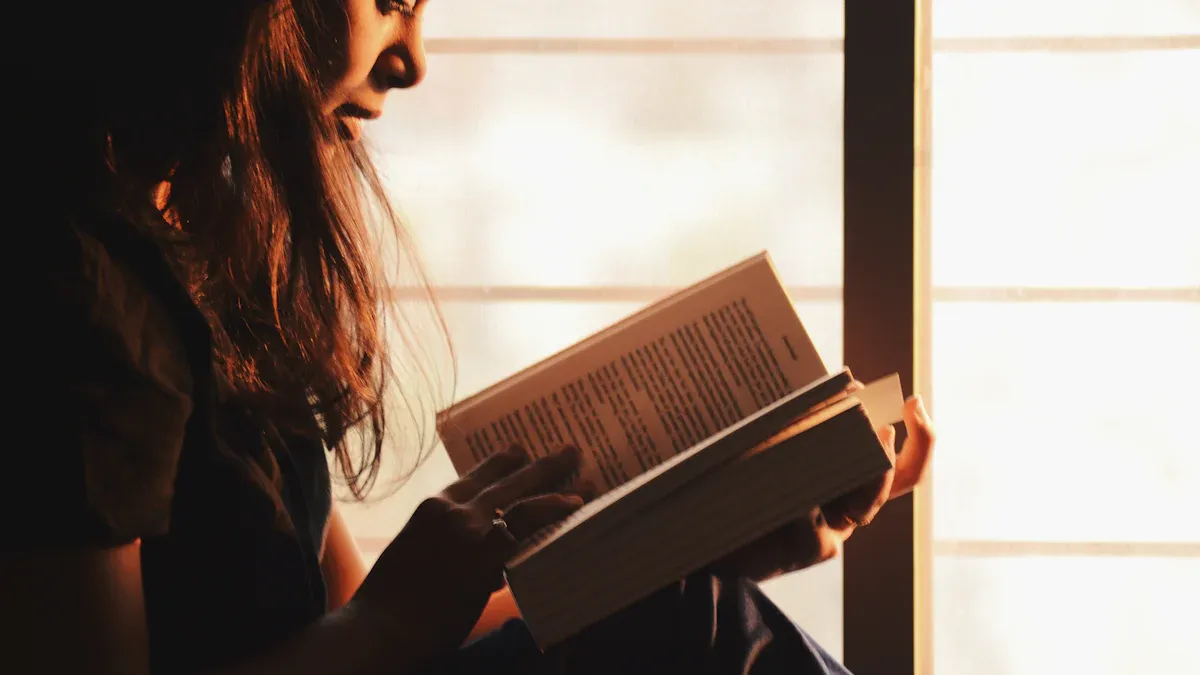I’ll be honest—The Palace of Illusions by Rowenna Miller surprised me. If you crave historical fantasy with a Paris 1900 World’s Fair backdrop, you’ll find magic here. This Nutcracker retelling pulls you in with its dreamy setting and a sense of wonder. It’s worth a spot on your TBR, especially if you love fresh takes on classic tales.
Key Takeaways
The Palace of Illusions shows a magical Paris in 1900.
The setting is full of details and feels dreamy.
It pulls readers into a fantasy world from history. Clara is the main character.
She is strong and curious. She tells The Nutcracker story in a new way.
This makes the story feel fresh and interesting.
Readers who like slow stories will enjoy this book. People who want fast action may think it is too slow.
Quick Verdict
Who Should Read It
I have to admit, I sometimes stay up way too late with a book that grabs me. The Palace of Illusions by Rowenna Miller did that for me. If you love stories that mix history with a touch of magic, you’ll probably get hooked, too. Here’s who I think will enjoy this book the most:
Fans of historical fantasy: If you like your fiction with a little bit of real-world history and a sprinkle of the impossible, this one fits the bill.
Nutcracker retelling seekers: You want a fresh spin on a classic? This book gives you that, with a Paris twist.
Readers who crave atmosphere: The Paris 1900 World’s Fair setting feels dreamy and rich. I could almost smell the pastries and hear the music.
Anyone who enjoys strong female leads: Clara’s journey is front and center. She’s curious, brave, and easy to root for.
People who like a slower pace: If you want non-stop action, you might get restless. But if you enjoy soaking in details and mood, you’ll feel right at home.
Tip: If you’re looking for a book to read with a cup of cocoa on a rainy day, this one fits perfectly.
Overall Appeal
I felt swept away by the magic and the setting. The Palace of Illusions by Rowenna Miller stands out for its lush descriptions and the way it reimagines a familiar story. I won’t say it’s pulse-pounding, but it’s definitely enchanting.
The book shines brightest when it leans into wonder and discovery. Sometimes the pace drags, and a few scenes feel a bit crowded with detail, but the charm wins out.
Strengths: Gorgeous setting, inventive retelling, and a main character you want to follow.
Weaknesses: Some slow spots and a few moments where the story tries to do too much.
My take: I have to give props to the author for creating a world that feels both magical and real. Not perfect, but definitely worth your time if you love historical fantasy with a twist.
The Palace of Illusions by Rowenna Miller: Synopsis
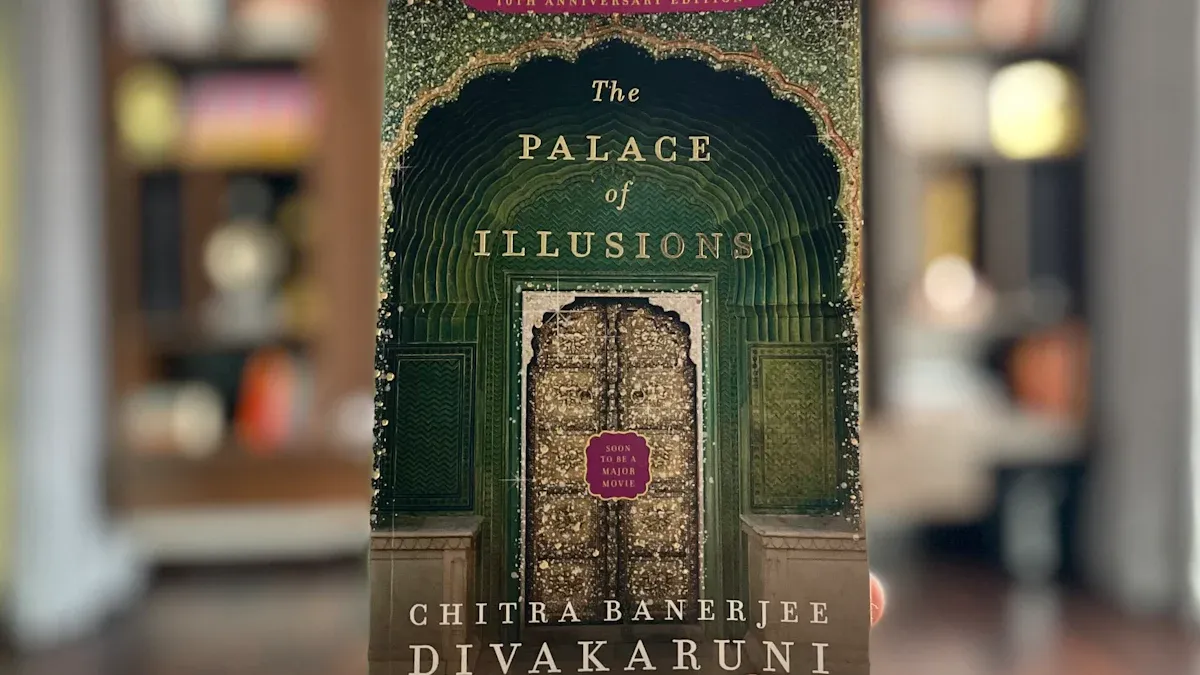
Setting and Time
Paris, 1900. I felt like I stepped right into the Exposition Universelle, the famous World’s Fair. The city buzzes with excitement. People from all over the world gather to see new inventions, art, and ideas. The book paints this moment in history with so much color. I could almost hear the crowds and see the bright lights.
The fair wasn’t just about fun. It showed off real social changes. W.E.B. Du Bois’s “American Negro Exhibit” stood out, using charts and stories to highlight progress since emancipation. That detail made the setting feel real and important. The Palace of Illusions by Rowenna Miller uses these true events to ground its magic in something solid.
The story brings in:
Grand buildings and wild inventions
A city shaped by past revolutions and new dreams
The feeling that anything could happen
Main Character
Clara is the heart of this story. She’s curious, brave, and sometimes a little lost—just like I felt reading late at night, not wanting to put the book down. She’s not your average fairy tale heroine. She asks questions, pushes boundaries, and faces her fears head-on.
What makes Clara stand out?
She’s not just swept along by magic. She makes choices.
She’s got a knack for noticing details others miss.
She’s strong, but she’s also vulnerable. I found myself rooting for her every step.
Clara’s journey reminded me of those character studies where you see someone grow scene by scene. She’s believable, not perfect. She doesn’t have wild superpowers, but her courage and curiosity feel real. That’s what kept me turning the pages.
Themes
Magic and Wonder
I felt like I stepped into a place where anything could happen. The magic in this story isn’t just about spells or tricks. It’s about how the world feels bigger and stranger than you expect. I noticed that the book uses magic to shake up what’s possible, almost like it’s daring me to believe in something more.
Sometimes, I caught myself wondering if the magic was real or just a trick of the mind. That’s the fun part—magic here blurs the lines between what’s real and what’s not.
Scholars say that stories use magic and wonder to help us see the world differently. They talk about how magic can change a character, push them to grow, or even make them question everything. I saw that in Clara’s journey. She faces things that don’t make sense, and it forces her to look deeper. The magic isn’t just for show. It’s a way for the story to ask big questions and let us feel a sense of awe.
Magic helps Clara start her journey.
Wonder keeps her (and me) guessing what’s next.
The story uses magic to break the rules and make room for surprises.
Discovery
Discovery sits at the heart of this book. I followed Clara as she explored not just Paris, but also her own hopes and fears. Every new place she visits, every strange thing she sees, feels like a small adventure. I loved how the story made me feel curious, just like Clara.
Clara discovers secrets about the fair, her family, and herself.
Each discovery changes her, making her braver and more open.
The book reminded me that sometimes, the best part of a story is not knowing what’s around the corner.
If you like stories that make you feel like you’re finding hidden doors and secret passages, this one delivers.
Characters
Clara’s Journey
I have to admit, Clara pulled me in right away. I found myself rooting for her, even when she made mistakes. She’s not perfect, and that’s what makes her feel real. Sometimes I wanted to shake her and say, “Don’t go in there!” but I also cheered when she stood up for herself.
Curiosity drives her. She asks questions no one else does.
Bravery shows up in small moments, not just big ones.
She feels lost sometimes, and I felt that too. I stayed up late, flipping pages, just to see if she’d find her way.
Clara’s growth surprised me. She starts out unsure, but by the end, she owns her choices.
I loved how Clara’s journey felt like my own. I wanted to see what she’d do next, and sometimes her decisions left me gasping.
Supporting Cast
The side characters add so much flavor. Each one brings something special, even if they only show up for a few scenes.
Some friends help Clara, but others challenge her.
I liked how the inventors and artists at the fair felt real. They made Paris come alive.
A few characters felt a bit flat, but most had their own secrets and dreams.
The magical creatures? They added a spark of wonder. I wish I could have spent more time with them.
The supporting cast made the story richer. They pushed Clara to grow and kept me guessing about their true motives.
Plot and Pacing
Story Flow
I always pay close attention to how a story moves from start to finish. Some books feel like a wild rollercoaster, others like a slow walk through a museum. This one lands somewhere in between. I noticed the author uses a few classic techniques to shape the plot:
The story starts with a clear setup, introducing Clara and the World’s Fair.
Big moments—like magical discoveries or tense confrontations—act as high points, almost like stepping stones across a river.
The plot follows a gentle rise, hits a peak during the most magical scenes, then slows down to let everything sink in.
If I had to sum up the plot in 25 words: Clara explores a magical Paris, faces secrets, and finds her courage in a world where nothing is quite as it seems.
I’ve seen similar pacing in books like Eragon, where longer chapters let you soak in the world, or Six of Crows, which speeds up during big heist scenes. Here, the pacing feels thoughtful, sometimes a bit slow, but it gives space for wonder.
Engagement
I’ll be honest, I didn’t always race through the pages, but I kept coming back. Here’s what kept me engaged:
Clara’s curiosity made me want to see what she’d find next.
The magical surprises felt like little rewards for paying attention.
I liked the steady rhythm—like a favorite song that builds and fades.
The story sometimes lingers, but that gave me time to enjoy the details.
If you like books that let you wander and wonder, you’ll probably stay hooked, even if you don’t finish it in one sitting.
Writing Style
Prose
I always notice how an author’s words feel on the page. In this book, the prose feels smooth and easy to follow. I never had to reread a sentence just to figure out what was happening. The author uses clear language and short sentences, which made the story move along without getting stuck. Sometimes, I found myself pausing just to enjoy a clever turn of phrase or a vivid image.
The writing style uses simple words but still paints a strong picture.
I saw a mix of dialogue and description that kept things interesting.
The author doesn’t try to sound fancy or use big words just to impress.
I read that some experts use things like frequency analysis and lexical statistics to compare writing styles. They look at how often certain words show up and how the language changes the mood. I can see how this book’s style stands out. It feels more like a story told by a friend than a textbook.
Atmosphere
The atmosphere in this book pulled me in right away. I could almost taste the pastries and hear the music from the fair. The author builds a dreamy, magical feeling without making it too heavy. I felt like I was walking through Paris at night, with lights twinkling and secrets hiding around every corner.
The setting feels alive, not just a backdrop.
Every scene has small details that make it real—like the smell of fresh bread or the sound of laughter.
The mood shifts with Clara’s feelings, so I always knew when things got tense or hopeful.
Sometimes, I forgot I was reading and just felt like I was there. That’s the kind of atmosphere I look for in a good book.
Unique Elements
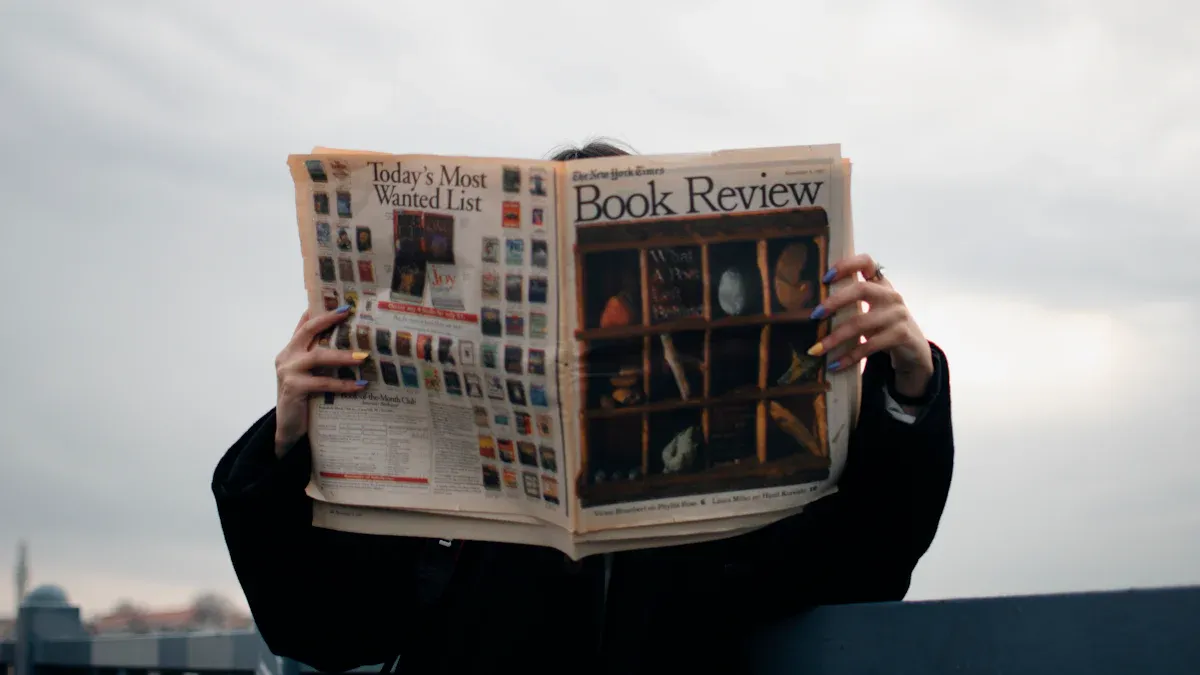
Nutcracker Retelling
I have a soft spot for retellings, but not every one feels fresh. The Palace of Illusions by Rowenna Miller surprised me with how it reimagines The Nutcracker. Instead of sticking to the old ballet, the story gives Clara her own voice and agency. She isn’t just swept along by magic—she questions it, pokes at it, and sometimes even pushes back.
Clara’s journey feels personal, not just a copy of the original.
The magical elements twist and shift, so I never knew what would happen next.
Familiar characters show up, but they act in ways that made me rethink what I thought I knew.
If you love stories that take something classic and flip it on its head, this book does that in a way that feels both respectful and bold.
Mirror-World Paris
Paris during the 1900 World’s Fair already feels magical, but the author adds a mirror-world twist that left me wide-eyed. I found myself second-guessing what was real and what was illusion. The city feels like it’s hiding secrets around every corner.
The fairgrounds shimmer with both real inventions and magical surprises.
Shadows and reflections play tricks, making me feel like I was walking through a dream.
I loved how the setting made me feel both excited and a little off-balance.
Tip: If you want a book that makes you question what’s possible, this one delivers with its mirror-world Paris.
Strengths and Weaknesses
Highlights
I have to admit, The Palace of Illusions by Rowenna Miller gave me some real book joy. I found myself reading way past midnight, just to see what would happen next. Here’s what stood out for me:
Setting that feels alive: Paris during the 1900 World’s Fair jumps off the page. I could almost taste the pastries and hear the music drifting through the air. The details made me want to step right into the story.
Inventive magic: The way magic weaves into real history surprised me. It never felt out of place. Instead, it added a layer of wonder that kept me guessing.
Fresh Nutcracker twist: I loved how the story took a classic and made it new. Clara isn’t just a bystander—she makes choices, asks questions, and shapes her own fate.
Atmosphere and mood: The dreamy, slightly off-kilter feeling stuck with me. Sometimes I forgot I was reading and just felt lost in the world.
Strong main character: Clara’s curiosity and courage made her easy to root for. She felt real, not perfect, and her growth pulled me along.
I have to give props to the author for making me care about both the magic and the real history. That’s not easy to pull off.
Drawbacks
To be fair, not everything worked for me. I want to be honest about what pulled me out of the story or made me wish for more.
Slow pacing: Some chapters dragged. I found myself skimming a few pages, hoping the story would pick up speed.
Overstuffed scenes: At times, the book tried to do too much. There were moments when I felt lost in the details, like the story couldn’t decide what to focus on.
Supporting characters: A few side characters felt flat. I wanted to know more about them, but they faded into the background.
Magic sometimes confusing: The rules of the magic weren’t always clear. I had to reread a few parts to figure out what was happening.
Not always pulse-pounding: If you want a book that keeps your heart racing, this one might feel a bit gentle.
I’ll be honest, I almost put the book down during a slow patch. But the charm and the promise of discovery pulled me back in.
If you love lush settings and inventive retellings, you’ll find a lot to enjoy. If you need constant action, you might get restless.
Comparison
Similar Fantasy Novels
I have read many historical fantasy books. Some remind me of this one. If you liked The Night Circus by Erin Morgenstern, you might like the magical Paris in this story. The Bear and the Nightingale by Katherine Arden also mixes folklore with a strong female lead. For Nutcracker retellings, Winterspell by Claire Legrand is darker, but it does not have the same Paris feel.
The Night Circus – magic contests, rich settings, slow story
The Bear and the Nightingale – folklore, growing up, strong main girl
Winterspell – Nutcracker retelling, darker mood, more action
I saw that most historical fantasy books are about big adventures or romance. This book is quieter. It is more about growing and feeling wonder.
What Sets It Apart
What really makes this book special is Clara’s voice. She is not just there for the ride. She asks questions and stands up for herself. I have not seen many retellings where the main character has so much control. The story also uses real history, like the World’s Fair and social change. This makes the magic feel real.
Clara’s view challenges old ideas about gender and power.
The story shows her hopes and fears, not just magic.
Mixing real events and magic feels honest, not fake.
I want to thank the author for making an old story feel new by letting Clara share her own story.
I stayed up late with The Palace of Illusions by Rowenna Miller. The magic, Paris setting, and Clara’s growth pulled me in. Some slow spots and confusing magic made me pause.
Best for readers who love atmosphere and gentle wonder
Not for those who want non-stop action
- My Dionysus Review Rating: 7/10
Sip The Unknown—Discover Stories You Never Knew You’d Love!
Dionysus Reviews Has A Book For Every Mood
Biography & Memoir
Fiction
Mystery & Detective
Nonfiction
Philosophy
Psychology
Romance
Science Fiction & Fantasy
Teens & Young Adult
Thriller & Suspense
Frequently Asked Questions
Is The Palace of Illusions by Rowenna Miller good for younger readers?
I think teens can handle it. The story feels gentle and magical. I did not notice anything too scary or mature.
Do I need to know The Nutcracker story first?
Nope! I knew the basics, but the book stands on its own. You’ll catch extra nods if you know the ballet, though.
Will I get lost if I don’t know much about Paris or the World’s Fair?
Not at all. The author explains enough. I felt like I learned as I read, and the magic made it easy to follow.
